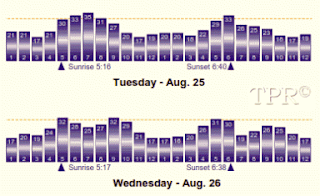 |
| Credits: Jeff Hirsch |
Agriculture’s share of GDP began to shrink post World War II as industrialization created a growing middle class that moved to the suburbs where hard-earned salaries would be spent filling new homes with all the modern conveniences we all take for granted now. Farming became more efficient and fewer and fewer people worked on the farm. Suddenly, summer was less about the hard work of harvesting crops and more about vacations and relaxing. As the economy evolved and peoples’ lives changed, the market evolved. June and August went from being top performing months to bottom performing months. August went from #1 to #10 in 1950-2014 with an average loss of 0.1%. June went from #4 to #11 (–0.3% average loss). The shift in DJIA’s seasonal pattern is clear in the [above] chart. “Sell in May” is a post WWII pattern, prior to then it would have been “Buy in May”.






























